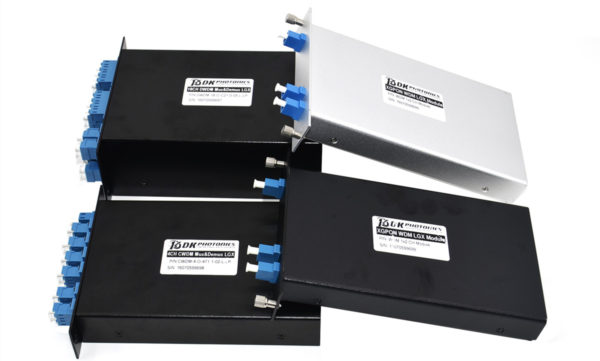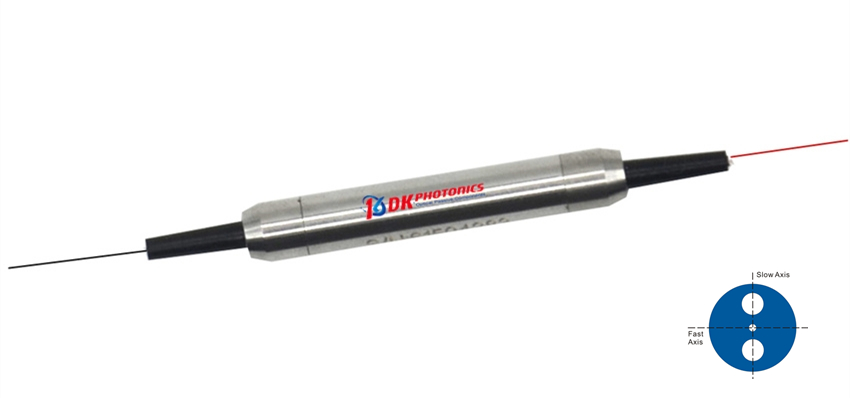An abbreviated form of Coarse Wavelength Division Multiplexing, CWDM technology is a great way of creating a flexible “pay-as-you-grow” type of high capacity optical network. This technology is widely used in dual fiber applications. Once you get CWDM Mux/Demux module installed in your network, you can benefit from the added capacity without ever having to interrupt or break the existing traffic.

The Mux/Demux Module
A Mux/Demux module is made of a multiplexing unit that has the capacity of combining all eight wavelengths into a single mode fiber strand and a demultiplexing unit that has the capacity of splitting the incoming light into eight different data channels. This device gives up to 16-channel and even 18-channel multiplexing on a single fiber. A standard CWDM Mux/Demux bundle sort consists of ABS box bundle, LGX package, and 19” 1U rackmount.
Counted under the category of WDM, the main goal of using such a device is to add the extra capacity to network and to meet a wide range of necessities and system arrangements. There are various board applications that require channel CWDM including Gigabit and 10G Ethernet, Fiber Channel, ATM, ESCON, SDH/SONET and CATV.
Since CWDM items are usually epoxy-free on the optical side, this provides better working conditions. Besides, in CWDM Mux/Demux, there is a high level of channel segregation which prompts better outcomes.
CWDM Mux/Demux Uses
WDM and Access Systems: Since these channel sorts are a part of WDM class, their best application is in the WDM and access systems.
Line Checking: Such devices also find their application as a line observer/checker. Line checking helps in ensuring that there is no crash in the similar line of another range or frequency.
Cellular Applications: The arrangements of CWDM channels have their use and application in the Cellular area as an unparalleled panacea for various problems.
Telecommunications: The broadcast communication area has a wide usage of CWDM arrangements at an incredible rate. CWDM technology is a perfect solution for straightforward transmission of signals.
Apart from these applications and elements, the CWDM technology is also used to uncover the deficiency of fiber and straightforward transmission of exchange while reducing the charges of system building. This is the reason why Channel CWDM Mux/Demux modules have a significant place in the realm of fiber optics, flag transmission, multiplexing and so on.
Do you also needaCWDM Mux/Demux module for your application? Contact the leading manufacturer in the market known for designing high quality optical passive components and devices.



